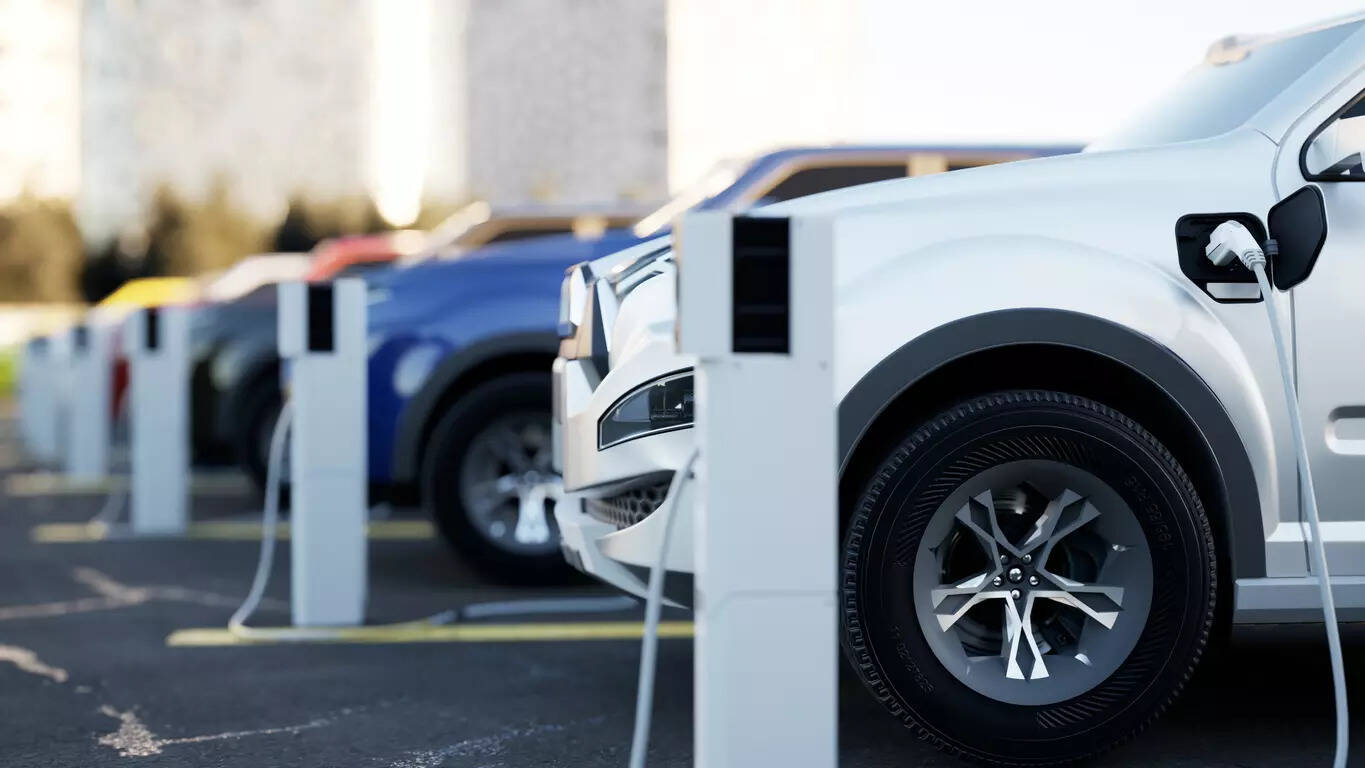
The India EV Fast Charging Summit, organised by the India Energy Storage Alliance (IESA), took place in New Delhi to address the pressing need for increased investment in India’s EV charging infrastructure. With the Indian EV market surpassing 4 million sales, industry experts stressed the importance of public and private sector collaboration to accelerate the adoption of EVs and meet the ambitious goal of 30% EV penetration by 2030.
A key topic of discussion was the significance of robust charging infrastructure in alleviating range anxiety among potential EV buyers. IESA estimates that India requires a substantial investment of USD 20-30 billion in EV charging infrastructure to maintain the current growth trajectory of the EV sector.
The Indian government’s upcoming PM e-Drive scheme, expected to incentivise charging infrastructure development with a budget of INR 2,000 crore, was eagerly anticipated by the summit attendees.
“We all are waiting for the PM e-drive scheme to be floated, which is double the charging infrastructure incentive than the FAME-II scheme. A few of the things the ministry is considering before outing the full scheme include, that they are trying to make it this time state-wise demand allocation, considering the density of the vehicles in different localities in states and cities. The ministry has also tried to consider if any state has its own EV policies and gives incentives to the charging space and others, as well as how they can allocate both state and central government schemes. Hope to see the framework for 2,000 crore coming up soon,” mentioned Debi Prasad Dash, President of IESA.
PM e-Drive scheme
The PM e-Drive scheme intends to support the installation of 22,100 fast chargers for four-wheeled EVs, 1,800 fast chargers for e-buses, and 48,400 fast chargers for electric two-wheelers and three-wheelers.
Industry experts emphasised that while the PM e-Drive scheme is a step in the right direction, a more strategic allocation of funds is crucial. They suggested prioritising investment in upgrading the electricity grid to handle the increased load from EV charging.
“In terms of EVs, I was interested in looking into what kind of investments will lead to as a charging infrastructure. For something like close to 20 billion USD, these are estimates of the US, so we’ll see in India how that will boil down to. But it would require something close to 20 to 50 billion dollars of investments,” stated Vinayak Walimbe, Managing Director of CES India.
“PM E-drive allocation is very less to accelerate the public charging infrastructure with that money. Those 2000 crores can be invested in upgrading the electricity infrastructure by providing the funds to the distribution company. If the government supports the distribution company, to create the plug and play and give that to the charge point operator, then it will help the sector much better than instead of spending the money and creating the number,” stated Awadhesh Jha, Executive Director of GLIDA.
The reliability of power supply from DISCOMS (distribution companies) emerged as a critical factor in the success of India’s EV adoption goals. Industry leaders highlighted the need for upgrading transformers and enhancing the electricity grid to ensure a seamless EV charging experience, particularly in rural areas.
EV ecosystem
Furthermore, the summit acknowledged the importance of narrowing the price gap between EVs and traditional vehicles to encourage mass adoption. Recommendations included reducing custom duties and taxes on imported EV components while simultaneously fostering local research and development in battery technology to bolster domestic manufacturing and create employment opportunities. The collective efforts of both the public and private sectors are essential in building a robust and sustainable EV ecosystem in India, ultimately propelling the nation towards its ambitious EV adoption targets.
“The supply of electricity and uptime of power is not there as much. So the moment we get that infra in place, we upgrade our transformers, we upgrade our grids, we will see how the growth of EV will not only be restricted to the urban areas but the rural areas as well,” mentioned Shiraz Khanna, CFO of Exicom.
To learn more about the electric vehicle ecosystem and meet the key industry leaders, click here.

